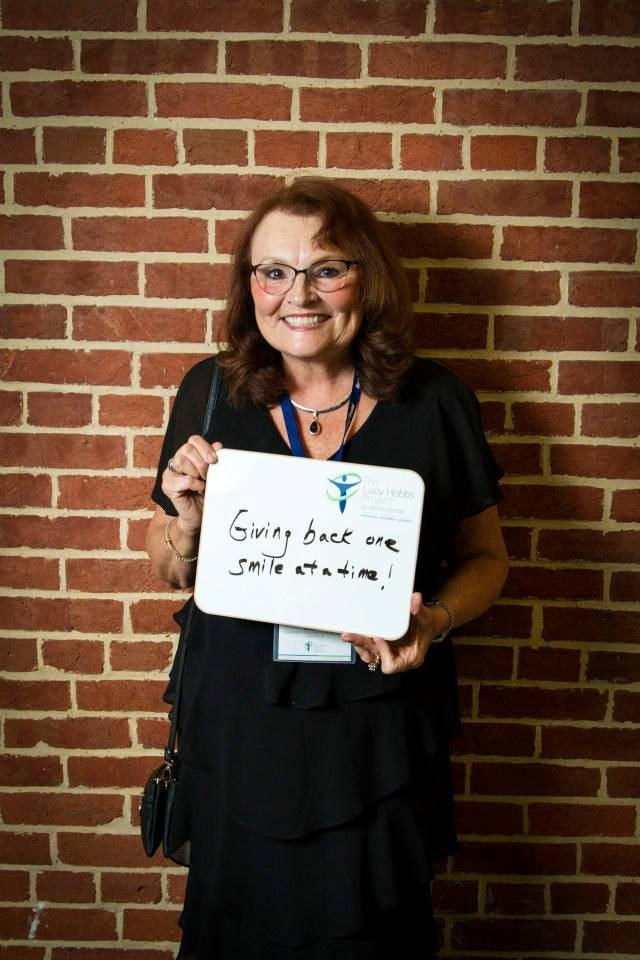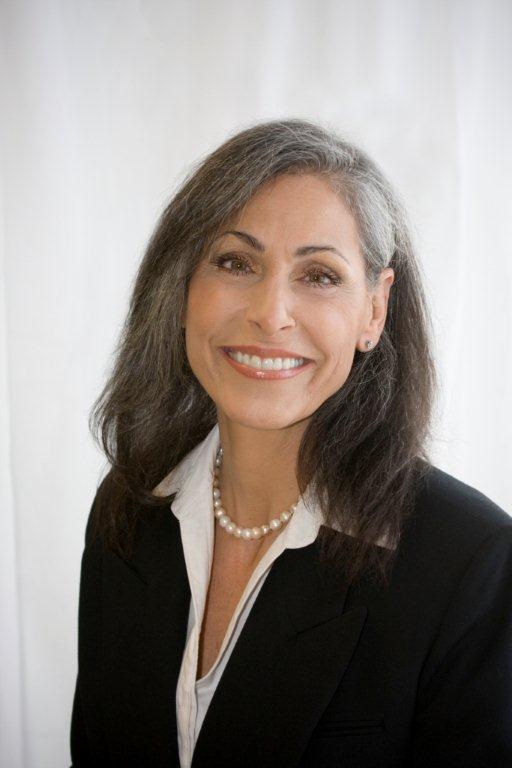By Kristie Ceruti/Shared by Incisal Edge dental lifestyle magazine
Dental hygienists and assistants are the unsung heroes of any practice. We spoke to the industry’s finest to get their thoughts on dentistry, life, and Lucy Hobbs.
Antoinette Kahan, RDH, BA, RDA, CDA, is the Dental Assisting program director at Virginia Beach Technical and Career Education Center, shared her thoughts recently with Incisal Edge magazine:
What first drew you to dentistry? In 1976, my boyfriend was in his sophomore year at Rutgers with the hopes of becoming a dentist. Helping him study, I discovered that my capacity to learn the material was at least as good as his, so I decided to enroll in an evening vocational program in dental assisting.
Talk a little bit about the public school/public health aspect of what you do. Both locally and nationally, health-care professions are subjected to increased governmental scrutiny. Many public programs have been cut from city budgets. However, one of my student interns at our public-health facility consistently reported that she was seldom busy. It just seemed like such an easy fix to solve a complex problem.
I knew that there was a significant need for dental care in our school, if not throughout the entire school system. Now, instead of having public-health dentist working out of a public-health facility once a week, that person can change his or her location and work out of our state-of-the-art clinic.
The transition finally took place in January 2012. Now every week the dentist and i provide direct supervision to the dental-assisting students as they develop their hands-on technical skills, while at the same time serving the needs of our school-based population.
This has significantly increased the numbers of patients and procedures delivered by the health department. It is my goal to make sure that every eligible child will graduate from out school without decay, with healthy gums, and if needed, a referral for third-molar extraction and an orthodontic consult.
Describe what your program entails. It’s a two-year curriculum comprising 1,080 hours of rigorous lessons and clinical instruction that transcend standard high-school instruction. Students must quickly make the transition from the classroom to the clinic.
Chemistry, biology, algebra, and geometry come to life in the routine daily practice of dentistry. Students who have taken anatomy and physiology grasp the intricacies of the human body; physics students have an advantage when learning radiography. And the humanities. History is where we begin: Since there was man, there was dental disease. Understanding where we came from helps guide where we go.
Aside from oral health care, what are your primary passions? Teaching. Lucy Hobbs started as a teacher and went into dentistry, while I began in dentistry and am now teaching. Living in the classroom is a process of discovery, not arrival. Every day I am met with wonderment. Sometimes there are days when my students ask me to stop teaching for the day because their brains hurt. I consider that a compliment.
Kathleen J. Gazzola, CDA, RDH, EMT, BS, MA. Kathleen Gazzola, 62, is the chair of the Dental Health Department and director of the Dental Hygiene program at Community College of Rhode Island. She lives in Lincoln, Rhode Island and also spent a few moments sharing her thought on the profession with Incisal Edge:

Kathleen J. Gazzola, CDA, RDH, EMT, BS, MA , shown, shares her passion “Giving back one smile at a time,” at a recent Lucy Hobbs Celebration hosted in Baltimore, Maryland.
What initially drew you to dentistry? When I was 13, the guidance counselor in junior high gave us the topic, “What do you want to do with the rest of your life?” My uncle was a dentist, and I loved going to the dentist. He hired me when I was 15; I started as an on-the-job-trained dental assistant for him, and it went from there.
How did you end up in the position you currently hold? I taught part-time at CCRI for seven years, then went to school at night and got my master’s in 1986. I was hired in 1987 as an assistant professor. I fell in love with teaching. I’m also in charge of Community Dental Health, where I place my students in externships in the community for nine weeks. They get real-world experience — it’s a wonderful finishing point for their education.
How long as your dental-hygiene program been in place? Both programs, hygiene and assisting, went through accreditation in 2011. After being char for nine years, I could see that the culture in our department has changed. Our facility utilizes our remodeled space magnificently; we’re very proud of it. It’s fantastic. If the president of the U.S. landed his place in Providence today and wanted to see a state-of-the-art dental-health learning laboratory, I would say, “Just bring him up to the Lincoln campus.”
You’ve also been active with the Mission of Mercy. Five years ago a group of my faculty and staff went to Connecticut Mission of Mercy. The second day was Palm Sunday, so we decided to go to Mass. The priest said, ” I know you’re not from here; what brings you here?” We said, “We’re at the free dental clinic.” He said, ” Your hour has not come- you have more to do.” This year, in collaboration with the Rhode Island Oral Health Foundation, we’re having our fourth Mission of Mercy here at CCRI. Last year we treated almost 800 patients, who were given almost $500,000 in free dentistry. It fills me with such pride- and my students see what it’s like to give back.
What are your outside interest? My passion is my family, especially my grandchildren: Eliana, 3, and Dominic, 1. I’m “GiGi” to them- Grandma Gazzola.
Interested in hearing from three other groundbreakers in the dental profession? Visit: https://viewer.zmags.com/publication/10683ba7#/10683ba7/60


